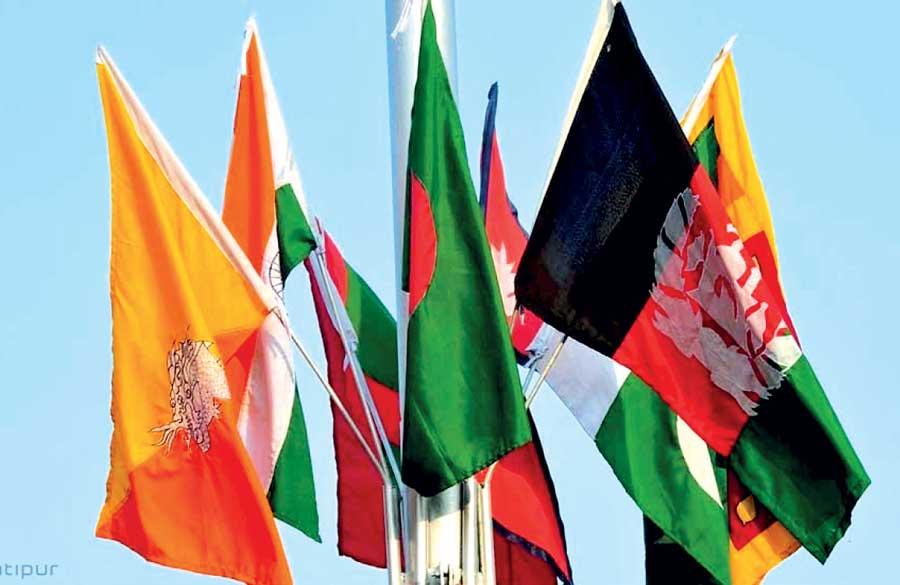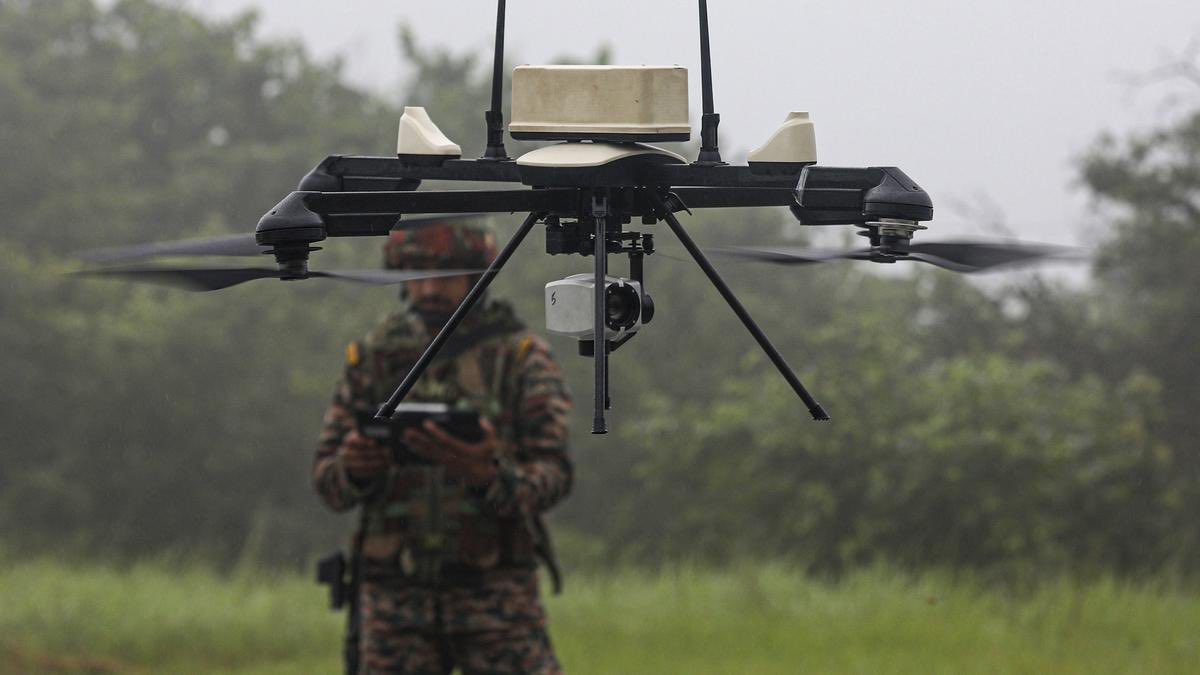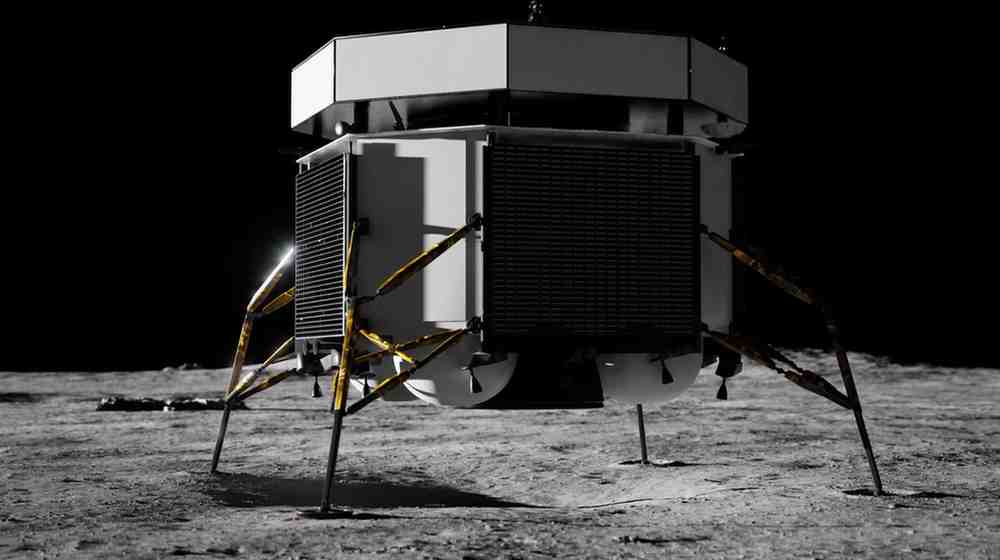Despite having a quarter of the world’s population, an economy of around $5 trillion, and shared cultural and historical ties and philosophy, South Asia remained the least integrated region globally. South Asia contains all the necessary ingredients for regional integration but still regional integration remains a distant dream. South Asia’s intra-regional trade is about 5% of the region’s total trade, in comparison, ASEAN’s intra-regional trade is about 35% of the total region’s trade. Because of the lack of any sort of effective regional trade regime, it is now cheaper for countries to trade with outside of the region than with their regional partners. The process of European integration that resulted in the EU serves as a beacon for regional integration in the world. Cooperation is the first step of integration, it starts with economic integration and eventually leads to political integration, as happened in the case of the European Union.
Initiated by the smaller countries of South Asia SAARC was the first attempt at regional integration, India and Pakistan were reluctant to join at first. South Asian Association of Regional Countries (SAARC) was thought to be an instrument to grow welfare, progress, and development in the region. However, since 2014, when its last heads summit was held, it’s dead practically. Some regional and international factors are responsible for the lack of integration in South Asia.
To consider the economic factors purely, there exist few problems. One of the challenges for regional economic integration is market asymmetry. India has a market of around 1.4 billion with a competitive manufacturing and agricultural base, virtually self-sufficient as compared to other regional partners. Moreover, South Asia has less diverse market products. This lack of comparative advantage makes it less attractive for businesses to trade with their regional partners.
To consider the political and historical factors, the partition of India into two states still haunts the aspirations of integration. There exist some elements that consider the integration process against the very basis on which the partition was carried out. India’s hegemonic aspiration poses a challenge for regional cooperation.
The lack of effective political and intellectual leadership to foster regional integration is also a challenge. Unlike Europe and South East Asia, South Asia does not have an effective leadership to propagate the process integration.
Indo-Pak rivalry is among the key challenges of regional integration. Time and again the heightened military and diplomatic tension led to the hurdles in the working of SAARC. In the foundational years of SAARC, India was reluctant to join any regional forum because it had concerns about smaller regional countries unifying against India through that platform. At the same Pakistan was reluctant to join because it viewed India’s presence as a means to monopolize its role the regional political and economic matters. It was after the terrorist attack in Uri in 2016 that India and other countries boycotted the planned summit of heads in Pakistan. Since then, no SAARC is practically lying dead.
Since the right-wing Hindu nationalist BJP ascended to power in 2014, India’s foreign policy took an aggressive right-wing tone, particularly towards its smaller neighbors. The extreme right-wing nationalist foreign policy of the BJP government had led to the virtually unannounced death of SAARC. Now, whether it’s the military tensions against Pakistan in 2019 or the aggressive response against the Maldives after it issued an expulsion notice to end the Indian army’s presence in Maldives.
Unlike Western Europe which had socialism and the Soviet Union as common challenges during the Cold War, South Asia did not have a collective threat to unite against. Although all the countries are facing non-traditional security challenges like climate change, poverty, lack of education, mass migration, food insecurity, and economic disparity, regional countries are unable to realize the consequences of collective problems that require collective response.
Foreign actors like the US had played a negative role in the region. Until the early 2000s, the US dealt with India and Pakistan equally. But since the civil nuclear deal with India in 2004, the US dealt with both countries differently. Now, China’s partnership with Pakistan, Sri Lanka, Nepal, and the Maldives and the US’s cooperation and partnership with India is generating a balance of power politics in the region.
Despite the challenges, there still exist some areas of mutual interest where countries can work together. Collaboration in the areas of travel, tourism, energy, health, education, and economic partnership can transform the region’s future. The region has enormous potential for the generation of energy through renewable sources that can end the energy crises while adhering to UN SDGs. Further, the collaboration in fields of STEM can foster a culture of knowledge and innovation. South Asia has a booming of around 2 billion and to meet the food requirement of this growing population would be a challenge in the near future. South Asian countries can work together share ideas and innovation and learn from each other’s experiences to meet the food security of the population.
Terrorism was one of the key challenges that almost all of the countries of the region faced. Terrorism is a global phenomenon, no single country without the participation of others can eradicate this threat. Ideologically motivated terrorists such as the Islamic State, the Taliban, and Jaish e Muhammad pose a serious threat to the stability and security of the region. India and Pakistan, being the only nuclear power with powerful militaries in the region, need to collaborate and share information and intelligence to tackle the terrorism threats. The Kashmir issue needs to be solved as soon as possible according to the wishes of Kashmiris and UN resolutions. This issue is like a time bomb that can explode anytime and result in catastrophic war between two nuclear-armed countries.
Bangladesh’s family planning, Sri Lanka’s universal health care, and Pakistan’s exceptional response towards Covid-19 carry lessons that other countries of the region. Cultural exchange can be a positive step to increase people-to-people connection. Pakistan’s opening of the Kartarpur corridor was a positive step to enhance religious tourism, similarly, other countries can take special initiatives to enhance religious tourism.
In short, for South Asian countries regional integration has more to offer than to lose. It could be a step towards a bright future where businesses work freely, cultural exchange becomes the norm and the region leads the world in technological innovation.

Heer Biyar Ahmed
Heer Biyar Ahmed is a dedicated student of International Relations at Bahria University, Islamabad, specializing in South Asian politics with a keen focus on Afghanistan, China, Pakistan, and India.
- Heer Biyar Ahmed#molongui-disabled-link
- Heer Biyar Ahmed#molongui-disabled-link













